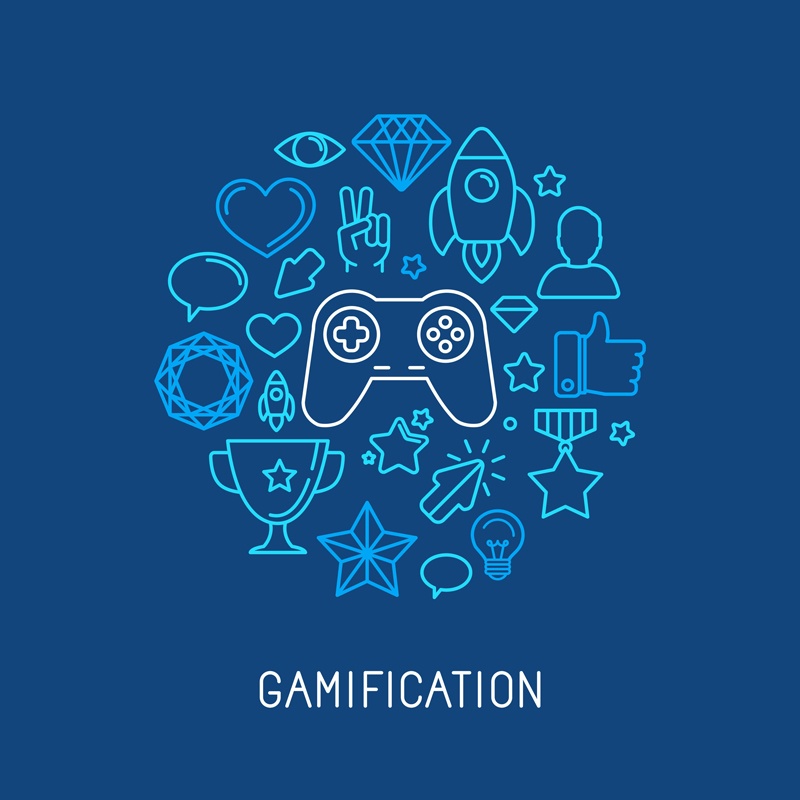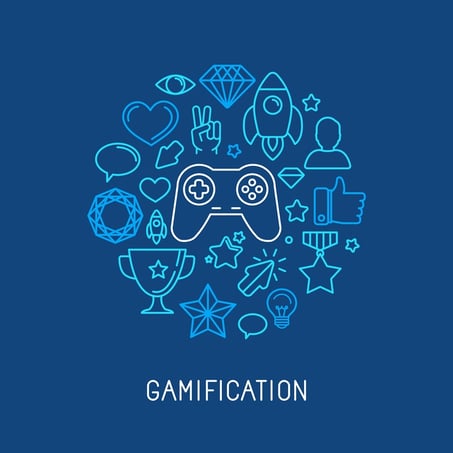Winning at Retail Gamification – Keep it Simple

 The “gamification” market – estimated to reach $11B by 2020 – is all the rage these days. Retailers are scrambling to develop video game-type applications that involve scoring points, solving puzzles or competing, and tying those games to promotions of general brands and discounts of specific products. The objective is to engage customers and create a memorable experience that builds customer loyalty and repeat business – especially among mobile-savvy Millennials.
The “gamification” market – estimated to reach $11B by 2020 – is all the rage these days. Retailers are scrambling to develop video game-type applications that involve scoring points, solving puzzles or competing, and tying those games to promotions of general brands and discounts of specific products. The objective is to engage customers and create a memorable experience that builds customer loyalty and repeat business – especially among mobile-savvy Millennials.
While it’s a compelling concept, many retailers harbor some basic misconceptions regarding gamification that can lead to overcomplicated strategies and/or sub-optimal results. One issue is the common belief that gamification apps involve specialized – and expensive – development skills, elaborate graphics and long lead times. In fact, functional applications can be easily and quickly developed using basic tools and skill sets.
Another problem is defining functionality requirements. Retailers tend to rely on analyst reports or digital agency recommendations. This can lead to apps that don’t align with customer behaviors or preferences. A more straightforward and effective approach is to simply observe customers and ask them what gaming features they would find compelling.
Our recent experience with a major global retail client illustrates the effectiveness of a “keep it simple” approach to gamification. The customer tasked our Agile Development team to develop a gamification app for internal training purposes; specifically, to train employees on how to track in-store inventories and keep shelves properly stacked with the right products. Since most store associates were Millennials, the idea was that a game-type application would be more engaging than the computer-based training manual approach that was in place. We weren’t provided any specs or access to business users. The brief was essentially to “give me a game that we can use for training.” Our team was given a week to outline what the client presumed would be a general concept and approach.
Instead, we delivered a functional app.
The first step was to go to one of the retailer’s stores, and ask an associate to walk us through the key elements of their job. We believed that this direct, first-hand approach would be more effective than going to the head of training and being handed a stack of manuals. By walking the aisles of the store, we documented how associates used bar codes to match products with shelf space, track overall capacity and maintain the proper number of aisle-facing items. Armed with this documentation, we used simple logic to develop the basic features of the game: a mobile screen displayed a set of images of store products and provided a set of options on where to move the products. Trainees using the app received points for moving products to the right location, while points were subtracted if they went to the wrong spot.
We purposely avoided elaborate graphics and bells and whistles, focusing instead on the basic learning objective and desired outcome. We also recognized that the app could be enhanced and upgraded to add features such as achievement levels and competition to enable trainees to match wits against their colleagues.
While our client was impressed with the training app’s functionality and the speed of our response, the initiative’s real value was to plant the seed within the IT organization of how gamification could potentially be rolled out to be a customer-facing proposition. The lessons learned in terms of focusing on basic technology and taking a straightforward approach to user requirements reduced anxiety levels and uncertainty regarding how to proceed down the gamification path.
As demographics shift and as shopping behaviors and customer preferences evolve, retailers must respond accordingly or risk losing ground to more nimble and responsive competitors. The good news: when it comes to gamification, getting in the game is easier than it might seem.



